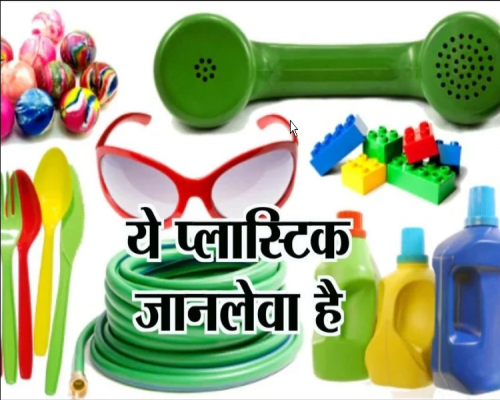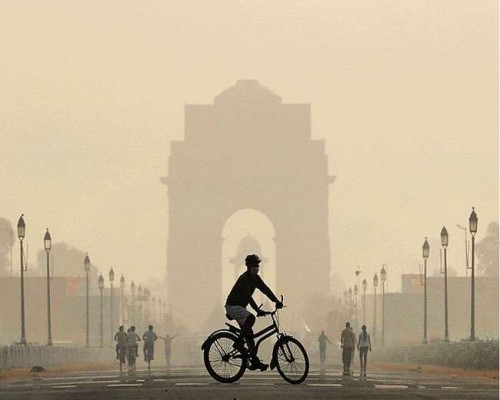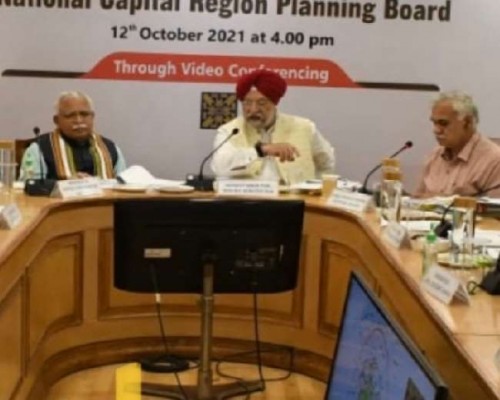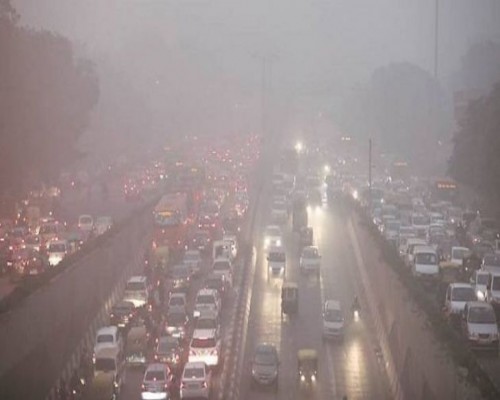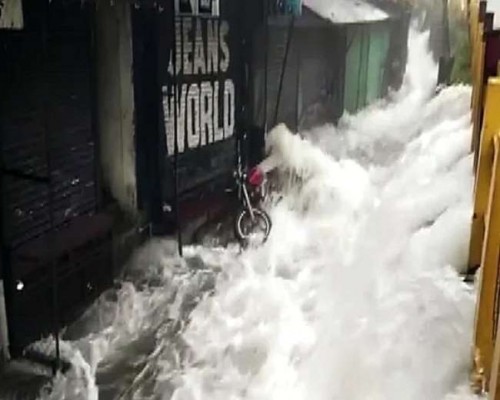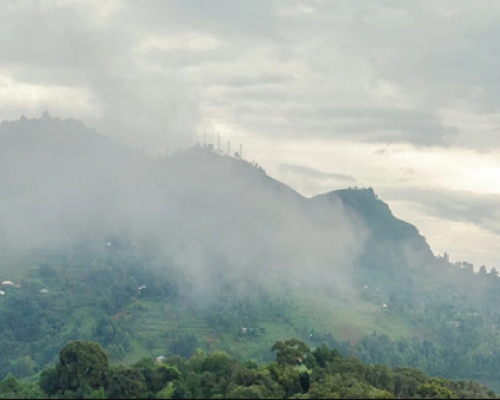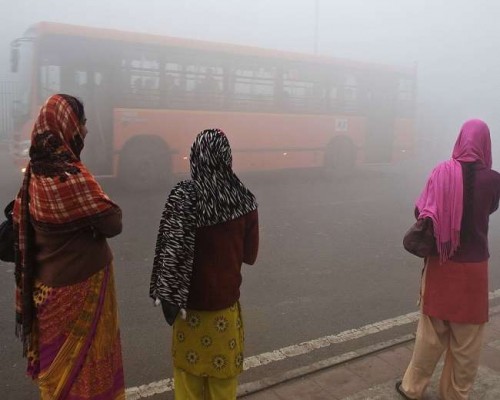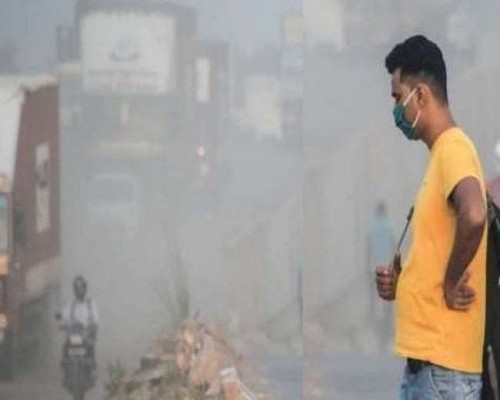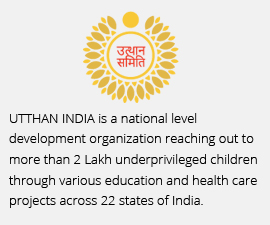Not Practical to Remove Silt from Yamuna: IIT

Removing silt, sludge, and dirt accumulated in the bed of the Yamuna River is not practical, according to the experts from the Indian Institute of Technology (IIT), Roorkee. In their report to the Irrigation Department, the IIT experts have noted that desilting could potentially affect the strength of bridges and memorials along the river.
The Supreme Court is currently hearing a petition related to desilting in the Yamuna, filed by Advocate K.C. Jain. The hearing took place on Friday, where the court was briefed on the IIT Roorkee team’s findings.
In compliance with the Supreme Court’s directive dated 31st August, the IIT Roorkee team conducted a survey from the Taj Mahal to the Kailash Ghat. The team concluded that desilting was not practical in the present circumstances. The report stated that the Yamuna river supports two railway bridges and two road bridges. There are many memorials along the banks. The water level of the Yamuna has risen by 2 meters compared to 1973, and desilting could weaken the structural integrity of these bridges and memorials.
The Supreme Court has sought the government's response regarding the potential impact of desilting on bridges and memorials along the Yamuna. Advocate DS Bhagat of the Irrigation Department stated that the department submitted a response to the Supreme Court after receiving the IIT Roorkee report.
Background: The matter dates back to 2019 when Advocate K.C. Jain filed a petition in the Supreme Court, seeking desilting up to a depth of 5-6 meters in the Yamuna. On 22nd April, the Supreme Court ordered immediate removal of silt, sludge, and dirt from the river. The Court also instructed the state government to submit an affidavit regarding the impact of desilting on the bridges and memorials. Consequently, on 31st August, the Supreme Court ordered an IIT Roorkee study on the matter.
The IIT Roorkee team reported that desilting is not feasible, and further action on the matter is awaited from the Supreme Court.




